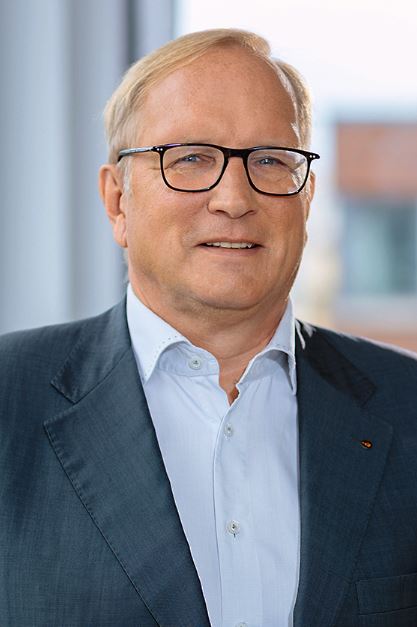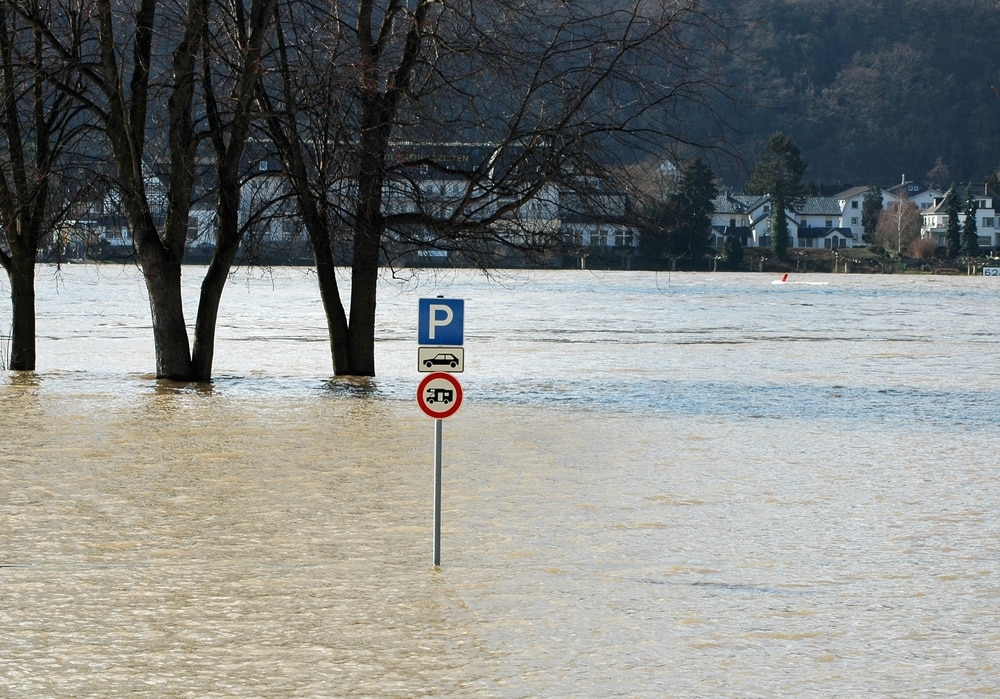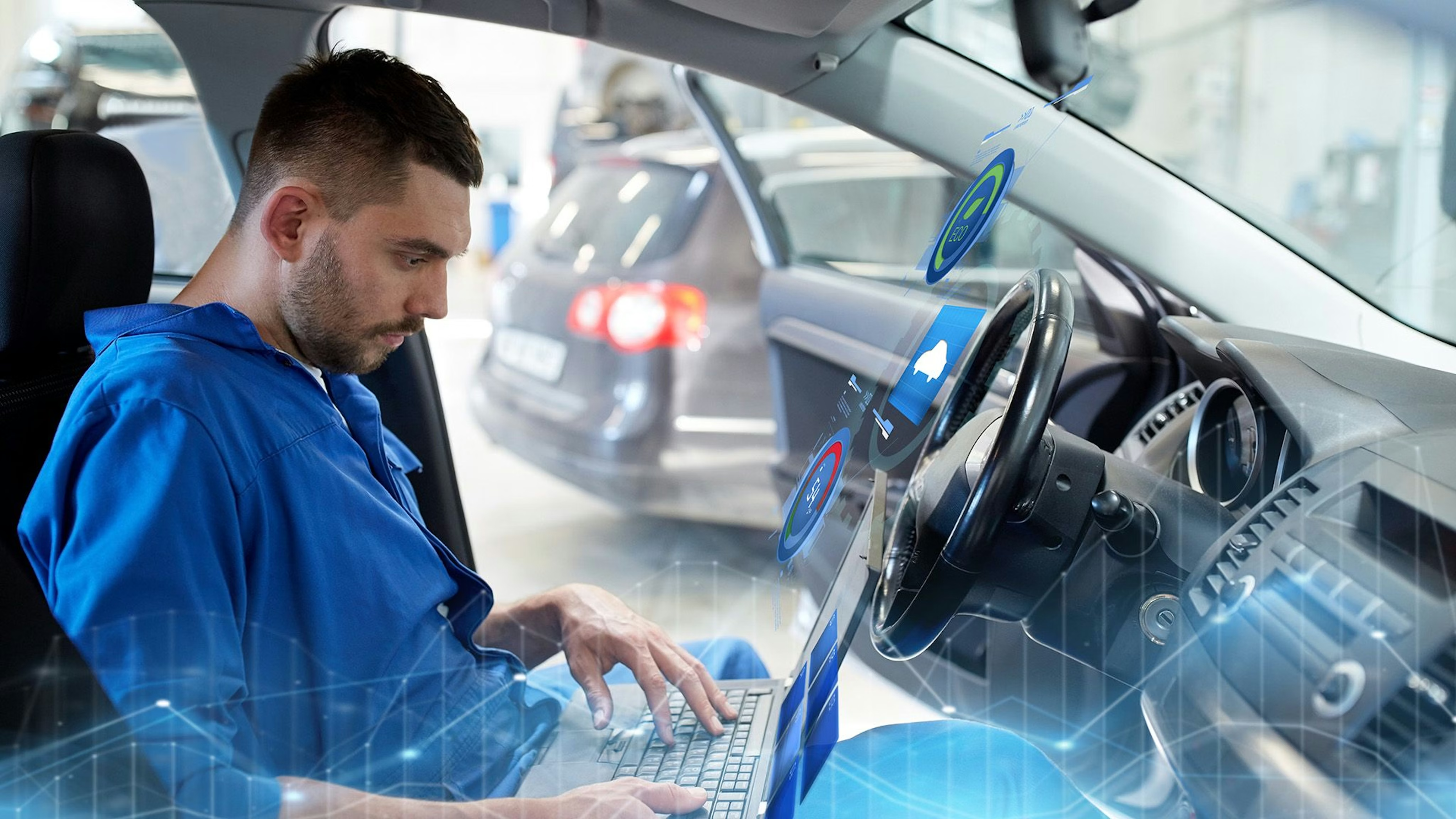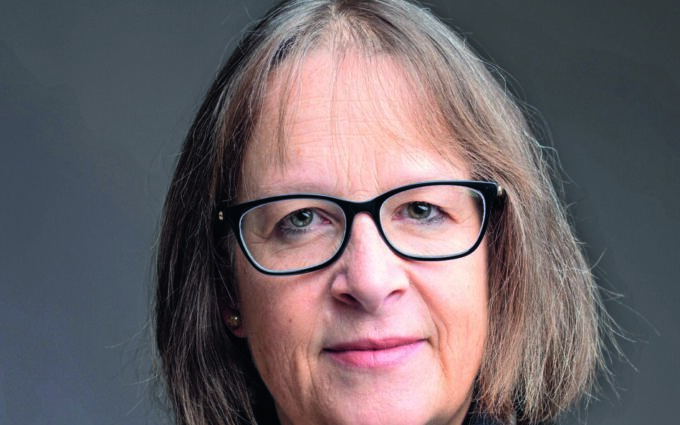"Everything helps - but please think from end to end".
We were interested in why warning apps and cell broadcasting alone are often not enough in the event of a disaster, and what lessons can be learned from the natural disasters in Germany, from the Berlin-based expert and President of the Critical Messaging Association (CMA), Dr. Dietmar Gollnick.
Dr. Gollnick, why are apps and cell broadcasting not enough in the event of a disaster?
Dr. Dietmar Gollnick: Population warning must be reliable and efficient. That means reaching as many people as possible simultaneously and safely, everywhere and at all times - even under extreme conditions. Warning apps alone cannot do that. If the public mobile network fails, they are ineffective. The same applies to the currently much-discussed cell broadcasting, which provides warning short messages to all recipients of a common radio cell: This also requires a functioning public mobile communications network. If it fails - for example, due to storms or congestion - no messages are possible.
What specifically happened with severe weather warnings? Were the warnings via the state warning apps too late or were the apps not sufficiently implemented in the states?
Both. Of course, one can wish for higher penetration in the population for whatever warning solution. Some of the warning information arrived, some of it was certainly upgradable in its specifics, and after power and data lines to the transmitter sites partially failed, there was no cell phone reception.
Warning is always: to see from end to end. Good, specific and timely content is just as important as being prepared for unforeseen failures with multichannel.

Why do state structures still not succeed in providing central technological solutions in disaster and health protection? What are the reasons for failure?
I cannot fully endorse this general statement for the countries in which our members are active. But there is room for improvement everywhere. Our competence in this context is alerting emergency forces, warning trusted and responsible persons on site, and warning the population. The government agencies do not cooperate with us enough. We would like to talk with EU and member authorities about end-to-end multi-channel warning and differentiated for both trusted persons on the ground and "everyone". This is happening too sporadically.
What could possibly make Switzerland better - or worse?
Or: What can Switzerland learn from?
Basically, the following applies to the warning: Everything helps. Furthermore, please think from end to end, i.e. from the creation and development of the warning information to where it should arrive, when and with whom, and what reaction it should cause. According to my information, the cantons in Switzerland are at different stages. More should be learned from each other. This also includes the fact that Swisscom and others "mostly" work well, but we have had some failures noticeable throughout Switzerland in recent months even without catastrophes. In Germany and France, we have nationwide NP2M networks that work even when cellular networks fail, as recently demonstrated again during the July storm. Switzerland is also well ahead in this respect. The Telepage network operates in a similar way to the e*Message NP2M networks mentioned above. Usage must increase, and the variety of end devices - whether weather stations, smoke detectors or pagers - must become greater.
Warnings can also be issued via cell broadcast. However, not when the cell phone networks are down or overloaded, as was the case, for example, during the attacks in Brussels, Paris and Nice or, in some cases, during the severe weather and flooding in western Germany. In this respect, you also have to put a price tag on Cell Broadcast: What more does it bring in terms of security if it doesn't bring any more in the event of cell phone network failure?

Of course, warnings are only useful if they are heeded: Wouldn't it also be possible for individual population groups to provide more information about their housing situation of their own accord? For example, residents of ground-floor apartments could be warned differently.
Seat belts are compulsory in cars. What if smoke alarms and personal weather stations and other devices had the additional benefit of "warning"? Simply included as standard. This would make it possible to issue very small-caliber, pinpoint warnings, and it promises to be more useful to me than getting into a data protection discussion about citizens' floor numbers right now.
You advocate a redundant second infrastructure?
The greatest possible reliability in population warning is achieved through the interaction of various forces. This is achieved through the use of a second infrastructure that functions independently of the primary digital warning channels, supplementing and safeguarding them. If the primary routes fail, the second infrastructure takes over: satellite-based professional radio networks, which can be used for alerting and warning and which have long since proven themselves with fire departments, THW and rescue forces. They can be used to control sirens as well as everyday devices.
Why should smoke alarms be included in warning the public even in the event of a disaster?
Households contain millions of private weather stations and - in some cases mandatory - smoke alarms. If these are equipped with a radio module, every household can theoretically have its own private warning station that can be reliably controlled and alarmed or triggered via a professional radio network. Independent of public mobile networks. Reliable and efficient. So the warning arrives safely - at any time, even at night with wake-up effect. Proposals for such an overall solution are on the table. Your advantage: It is available and therefore quick and easy to implement.
This interview appeared in the issue SicherheitsForum 4-2021. You want to read all articles of this issue? Then close right now here a subscription.









